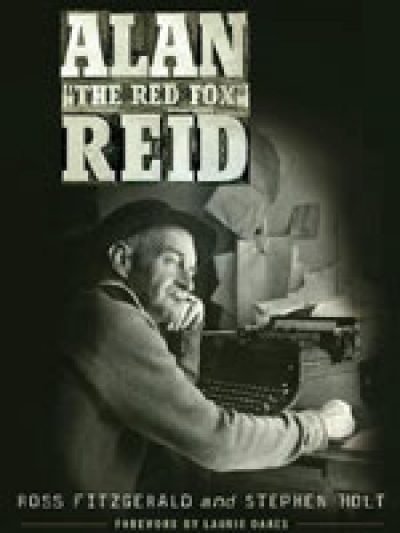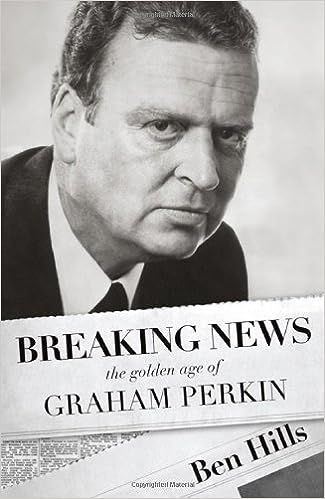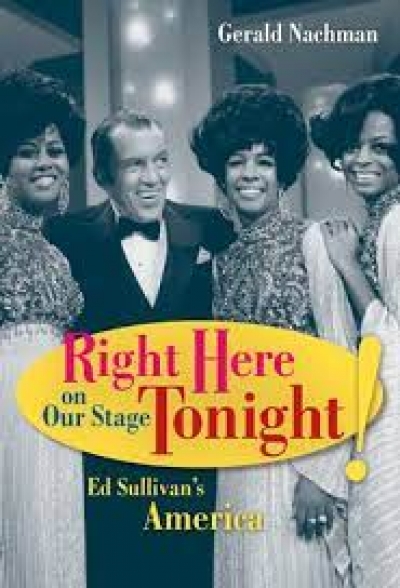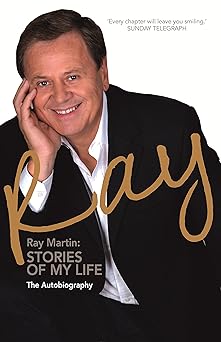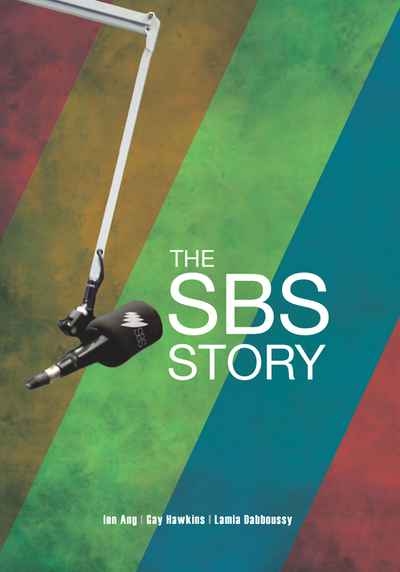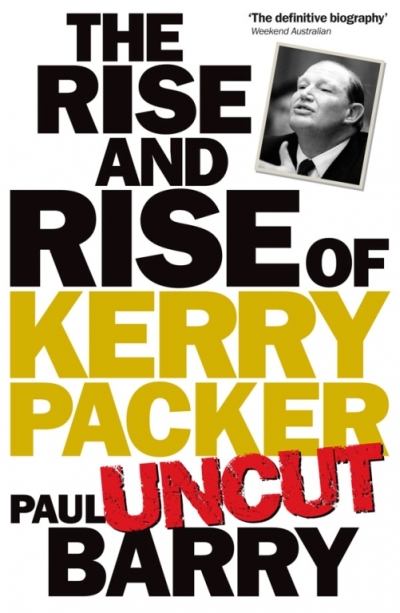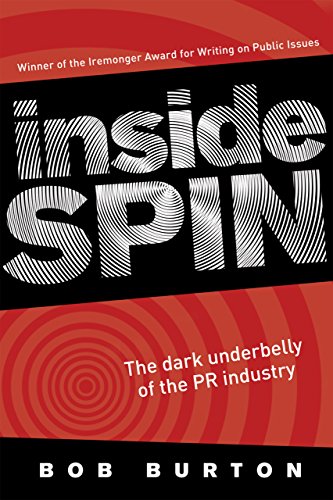Media
If developments in relation to music and the Internet are any guide, writers and publishers will increasingly be addressing the opportunities for self-management on the Internet. For writers, there is a well-established path for sharing copyright works without charge. This is known as the Creative Commons, which publishes generic licences for use by authors in the exchange of copyright materials. These licences are intended to promote an orderly exchange of copyright works, without charge, but within the framework of copyright licensing. By using the Creative Commons licences, writers can facilitate the copyright usage of their work gratis, but in a way which protects legal rights. Blogs and other webpages are enabling self-publication for royalty-free purposes. There has never been a better opportunity for the exchange of ideas online.
... (read more)Australians quite like the idea of freedom of speech, except in almost any situation you can think of. We hold that speaking freely is acceptable and commendable except when it is rude, upsetting, unpatriotic, in poor taste, or blocks the traffic.
...Alan ‘The Red Fox’ Reid: Pressman Par Excellence by Ross Fitzgerald and Stephen Holt
Some locations are perfect for reading particular books; those that foster an extra connection to history as lived by the protagonists. Now that the labyrinthine corridors of Old Parliament House have been opened to all, climb the rickety staircase to the press gallery, Ross Fitzgerald and Stephen Holt’s book in hand, to reach the cramped den of power of their vulpine subject. Among the evocatively recreated rooms and the very pipework of the building that, we learn, literally leakedthe scoops from the House of Representatives below, the cigarette-addled voice of ‘The Red Fox’ still crackles out alongside the recorded clang of typed keys. Alan Reid, journalist, author, and political communications spin doctor before the term was even invented, died the year prior to Parliament’s move up the hill. But the old building’s new title as ‘The Museum of Democracy’ fittingly stamps the need to focus attention back on one wily fox, who ran free but unelected at the heart of the democratic process, and who has until now escaped scholarly assessment.
... (read more)Man Bites Murdoch: Four Decades in Print, Six Days in Court by Bruce Guthrie
Get in line, Bruce. The world is full of those who have been done over by Rupert Murdoch. In the immortal words of George Cukor to an aggrieved actor: ‘Will you stop about being fired. Everybody’s been fired.’ So what makes Bruce Guthrie, sacked as Editor-in-Chief of the Herald Sun ...
... (read more)Breaking News: The Golden age of Graham Perkin by Ben Hills
In May 1981, I joined The Age, where, more or less, I have stayed put. On my first night one of the news subeditors said, ‘Let’s have a drink’. Whereupon he led me away from the news desk, along the scrofulous green carpet, past the ramshackle assortment of desks and typewriters, and straight into the men’s room. Fleet Street used to have a bar, behind St Bride’s Church, called the City Golf Club, which was neither sporting nor exclusive in any way. But The Age went one better, with a late-night hostelry on the third floor of its ugly Spencer Street building that served as a drinking hole because the others were all closed by that hour.
... (read more)Right Here on Our Stage Tonight!: Ed Sullivan’s America by Gerald Nachman
In the mid twentieth century, American television was dominated by two talking horses called Mr Ed. The first, the equine hero of a sitcom also called Mr Ed (catchier than his real name, Bamboo Harvester), twisted his mouth more or less in sync with a dubbed basso profondo voice. He had lots to say, mostly preceded by an often disdainful reference to his hapless owner, Wilbur, the only person Mr Ed talked to, whose name came out as ‘Will-BURRRRRRR!’. This mildly popular series ran for six seasons.
... (read more)Ray: Stories of My Life: The Autobiography by Ray Martin
Beginning as a voice on ABC radio, Ray Martin became a face familiar to most Australians. He reported from the United States for Four Corners in the 1960s and 1970s, was one of the original reporters on 60 Minutes from 1978, presented the Midday show from 1984 to 1993, and twice hosted A Current Affair (ACA). As he notes, he was the face of Channel 9 in the 1990s, also hosting Carols by Candlelight, election debates and assorted specials. But just in case anyone is in any doubt as to whom this book is about, Heinemann has plastered the cover with Ray: Stories of My Life: The Autobiography. Martin’s signature is added for good measure.
... (read more)The SBS Story: The challenge of cultural diversity by Ien Ang, Gay Hawkins and Lamia Dabboussy
Movie Of The Week. The MacNeil–Lehrer Newshour. Helen Vatsikopoulos. Andrea Stretton. Tales From a Suitcase. Pria Viswalingam. Italian Serie A Football. Annette Sun Wah. These are just a few examples of SBS programs and personalities that helped me – and no doubt many others – negotiate the fetid swamp that was Australian television in the 1980s and 1990s. Today, the swamp is a lot bigger and the stench even worse, but does SBS still provide an effective alternative?
... (read more)The Rise and Rise of Kerry Packer by Paul Barry & Who Killed Channel 9? by Gerald Stone
Until recently, more Australians got their news and information from Channel Nine than from any other single source. For nearly thirty years, what Gerald Stone describes as ‘Kerry Packer’s mighty tv dream machine’ was the dominant force in Australian media and popular culture. Channel Nine was, as its promos used to say, ‘The One’.
... (read more)Inside Spin: The Dark underbelly of the the PR industry by Bob Burton
Bob Burton is not one to pull punches: early in Inside Spin he describes the public relations (PR) industry as one dominated by a ‘culture of secrecy’ with its practitioners operating ‘on the basis that they are most successful when they are nowhere to be seen’. That the industry is largely unregulated adds to the sense of unease that many Australians feel about its activities.
... (read more)
